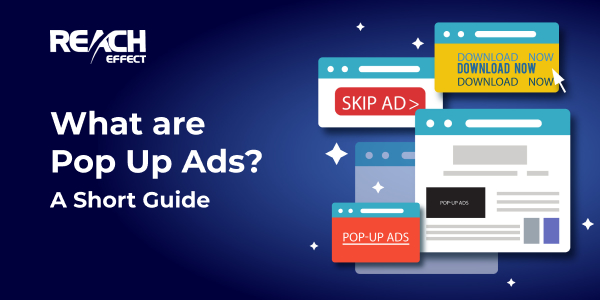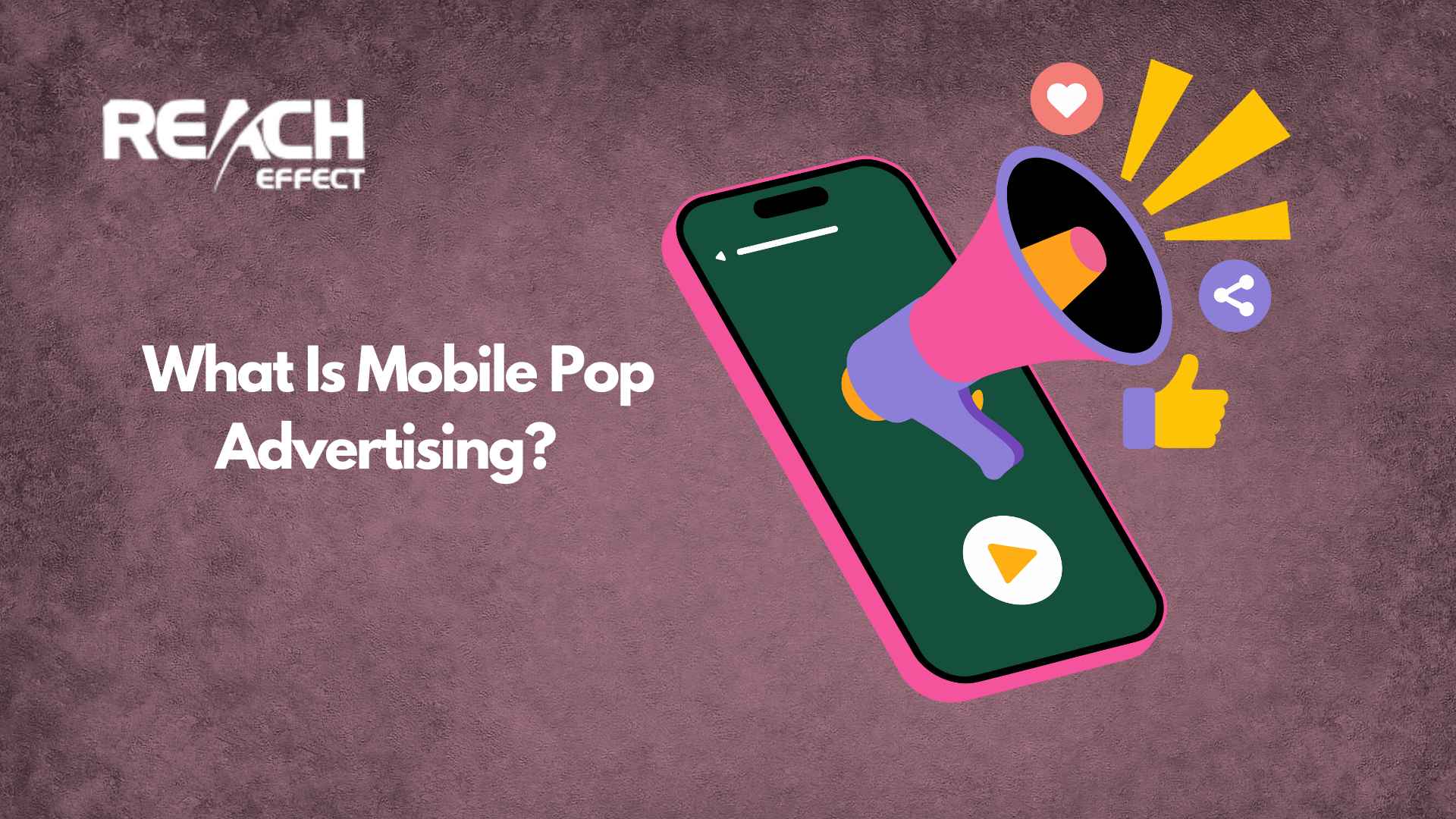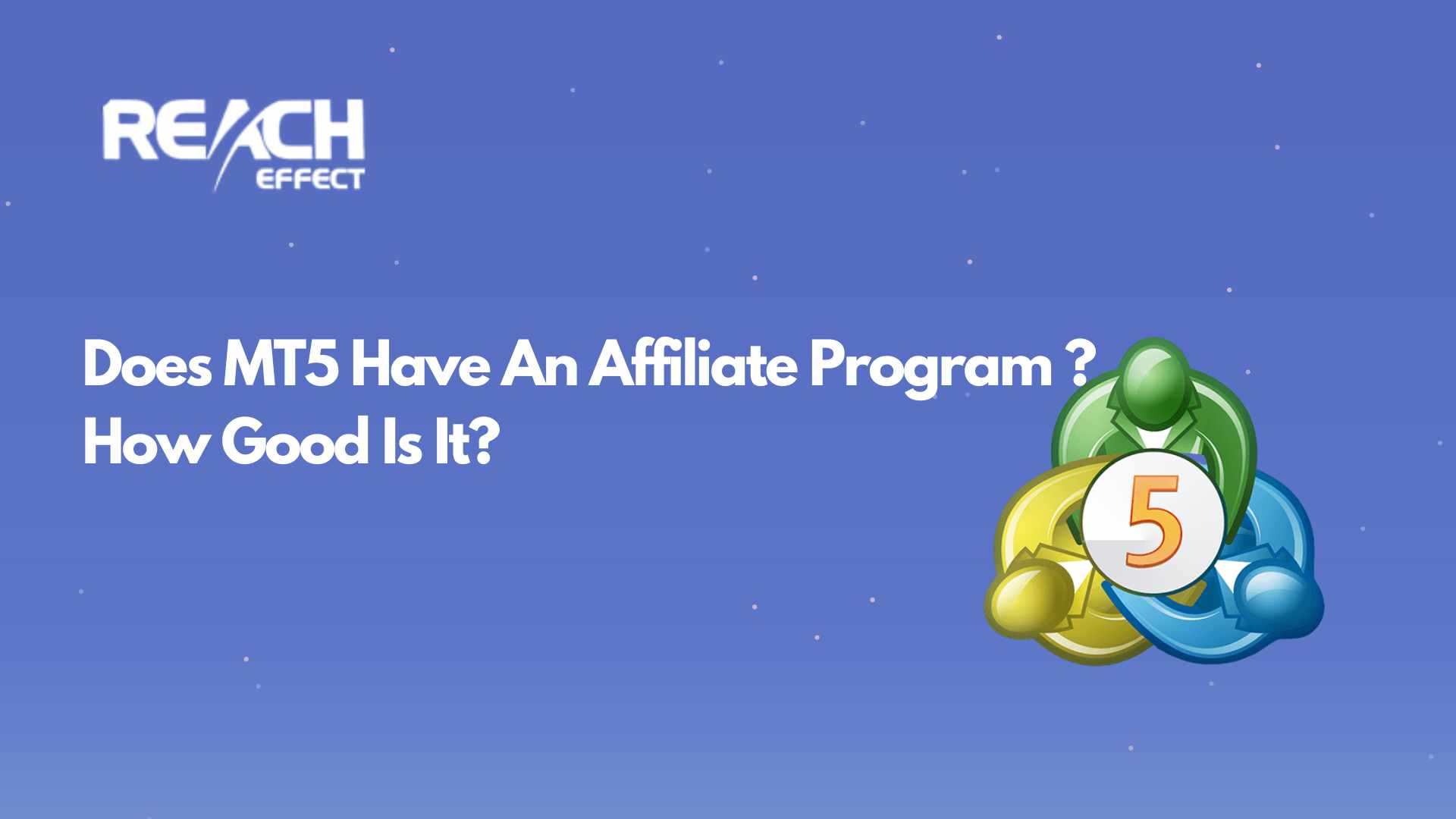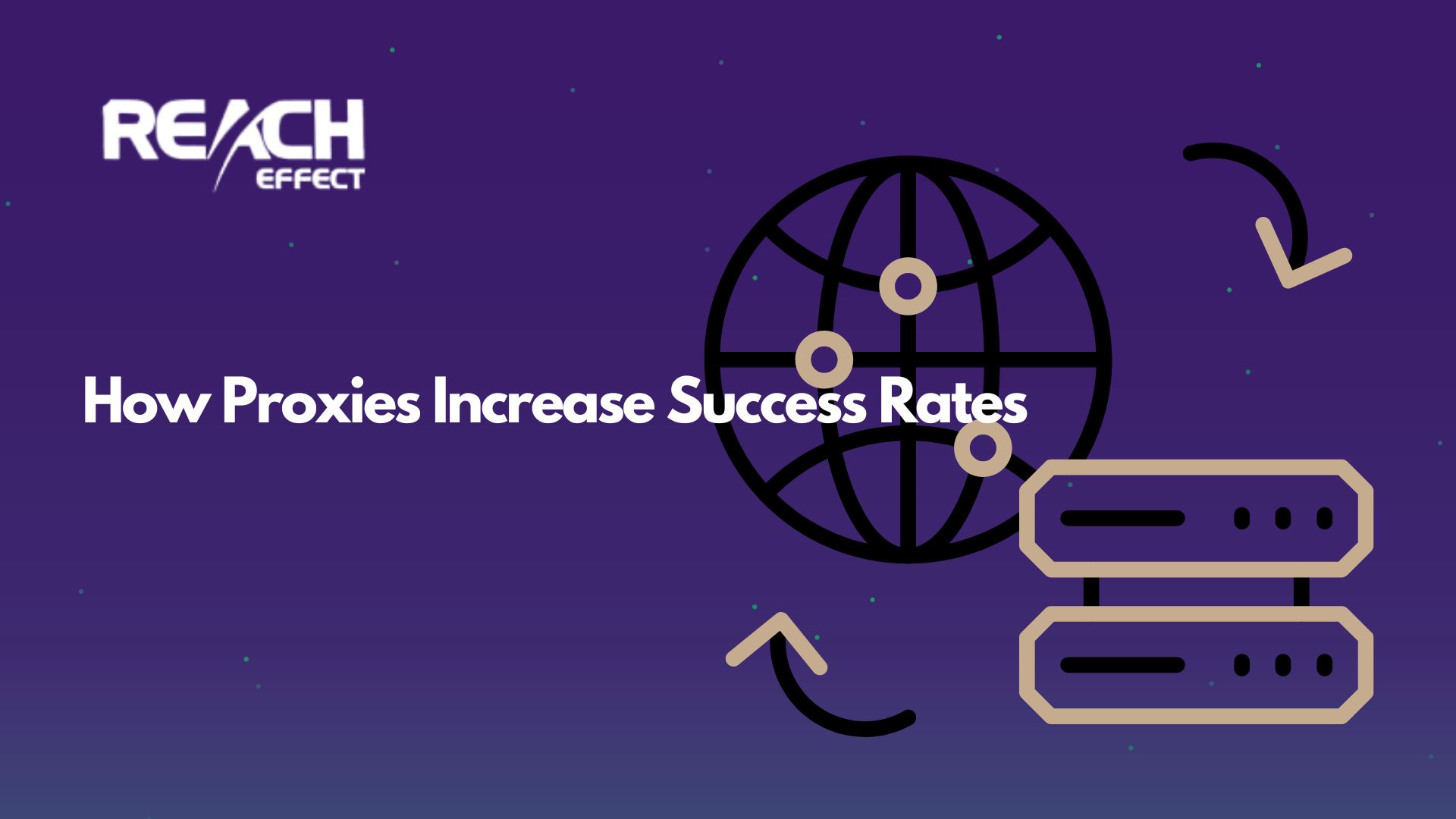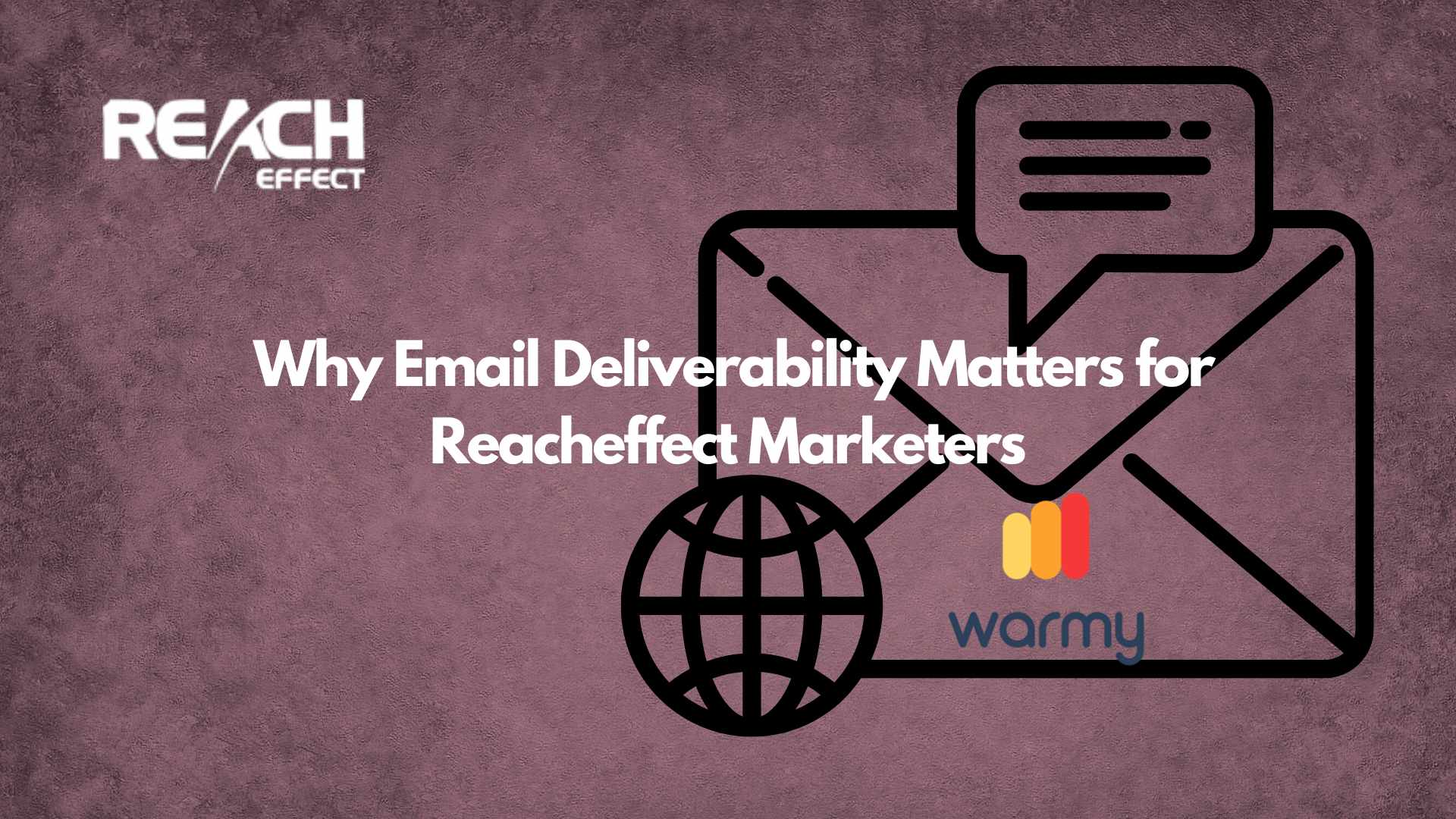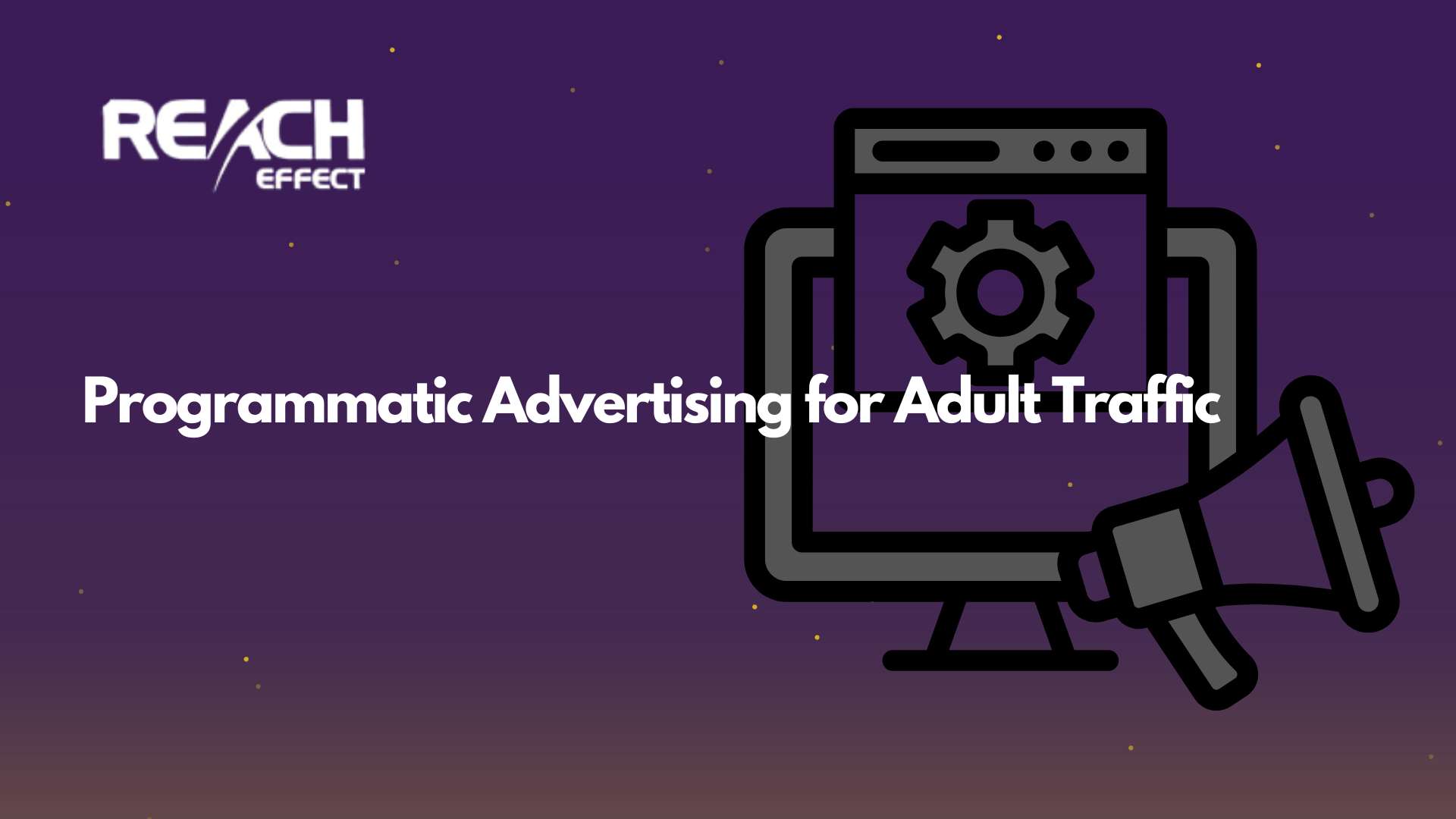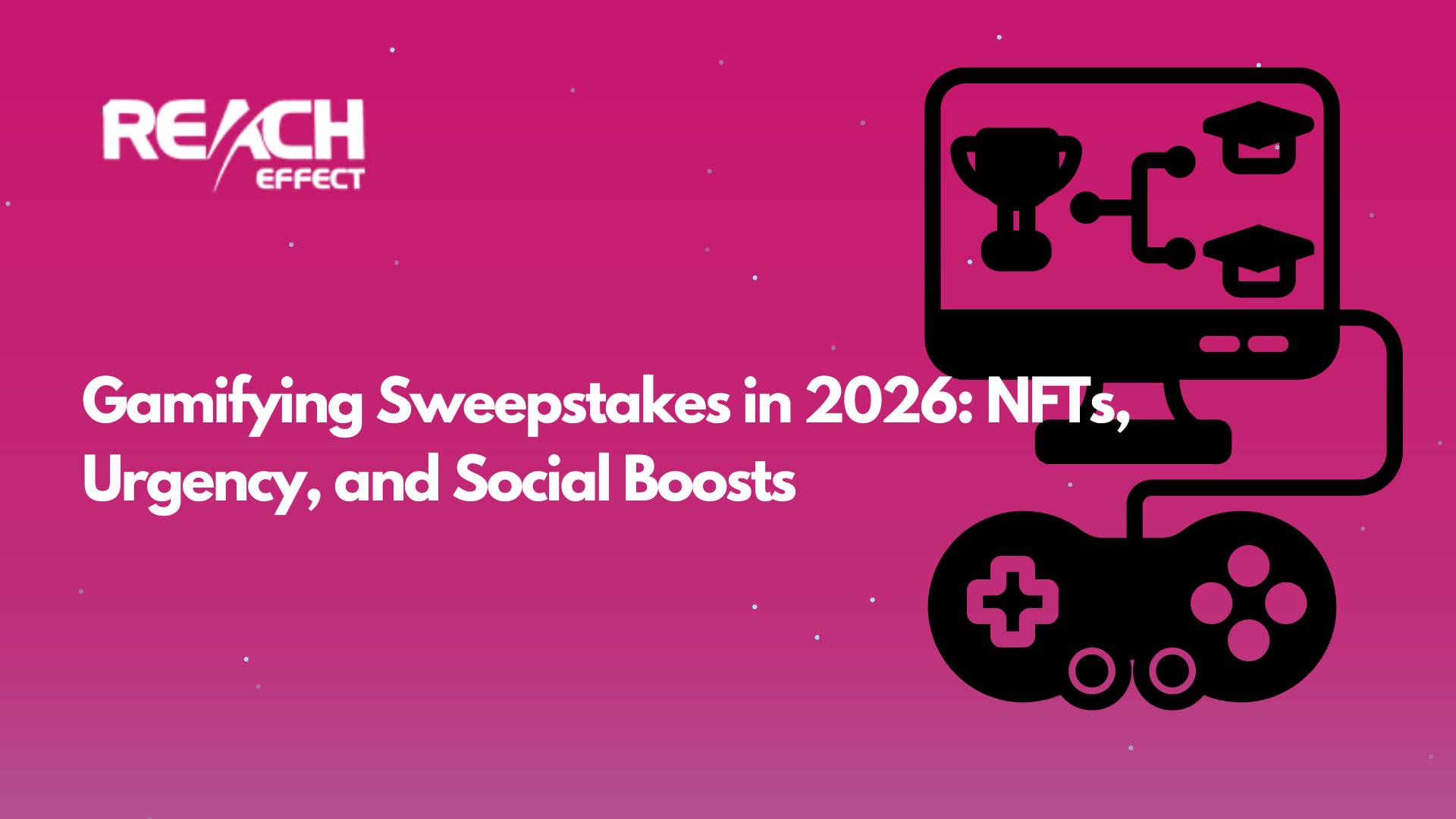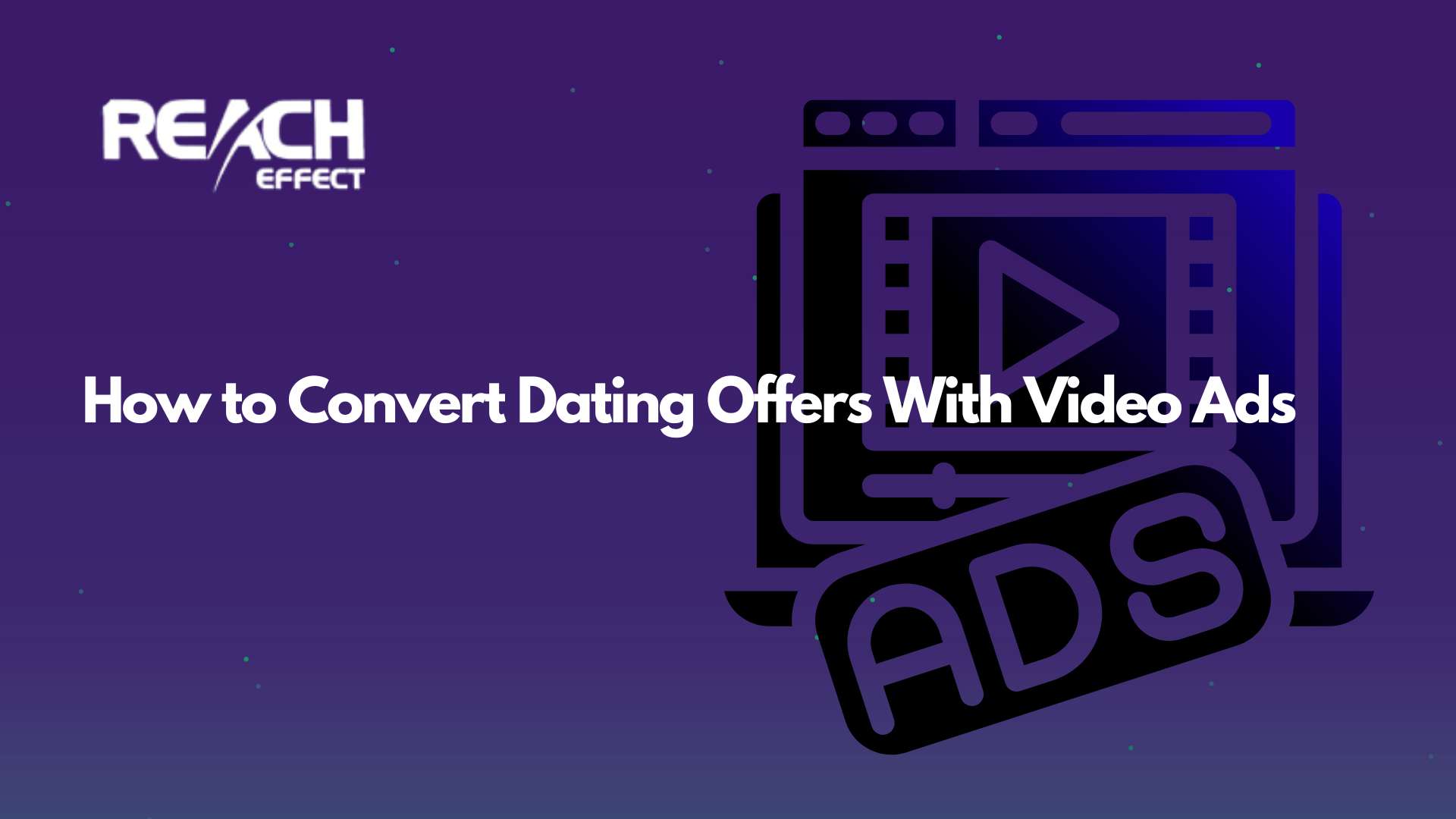In the digital landscape, pop-up promotions have become a ubiquitous presence. They shape the online promotion experience.
Thank you for reading this post, don't forget to subscribe!They can effectively grab users’ attention and convey targeted messages. But they also raise concerns about user experience and intrusion.
This guide delves into the world of promotions, exploring their pros and cons. We will also focus on the impact on businesses. And we’ll talk about user experience implications and alternatives in the realm of online promotion.
What Are Pop-Up Ads?
Pop-up promotions are a form of online advertising. It involves the sudden appearance of a small window on a user’s screen while they are browsing a website.
These promotions typically contain promotional content. They’re promotions for products, services, or other forms of content.
Promotions can take various forms. It includes windows, pop-under windows (which appear beneath the main browser window), or even full-screen overlays that temporarily interrupt the user’s browsing experience.

Pros and Cons of Pop-Up Ads
Ads, a prominent feature of the online advertising landscape, bring advantages and disadvantages. Their dynamic impact on user engagement and experience prompts a comprehensive exploration of their multifaceted nature.
By dissecting the strengths and weaknesses inherent in promotions, this section sheds light on the intricate interplay between marketing goals and user perceptions.
Benefits for Businesses
Attention-grabbing nature is what pop-up ads offer for business. When designed effectively, these promotions can capture a user’s immediate attention. It’s due to their sudden appearance. It potentially leads to higher visibility for the advertised content.
Also, promotions allow businesses to target specific segments of their audience. By implementing user behavior and demographic data, businesses can display promotions that are more likely to resonate with individual users, increasing the likelihood of engagement and conversions.
Cons for Users
Conclusion
In conclusion, pop-up ads are a double-edged sword in the realm of online promotion. They can effectively grab users’ attention and deliver targeted content. But they also risk causing annoyance and driving users away. Striking the right balance between promoting and maintaining a positive experience is essential.

